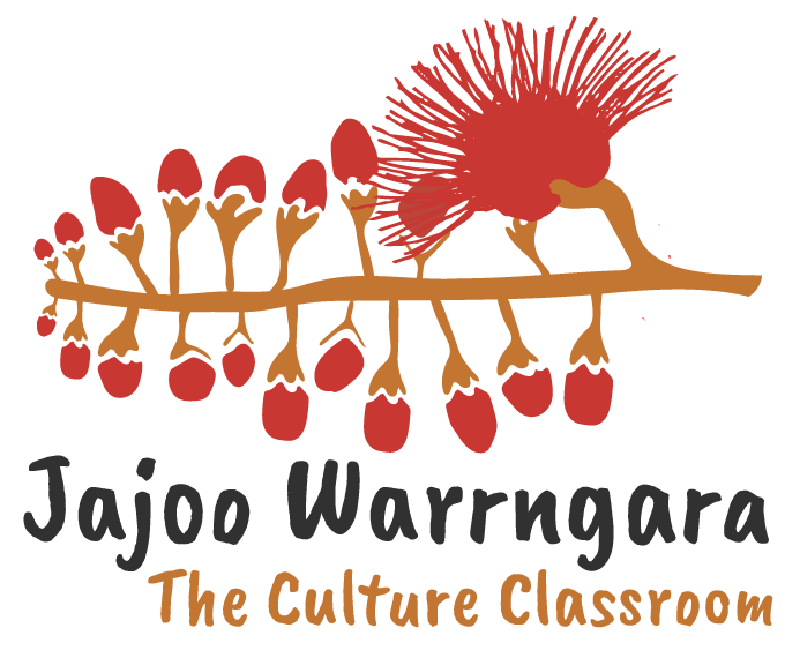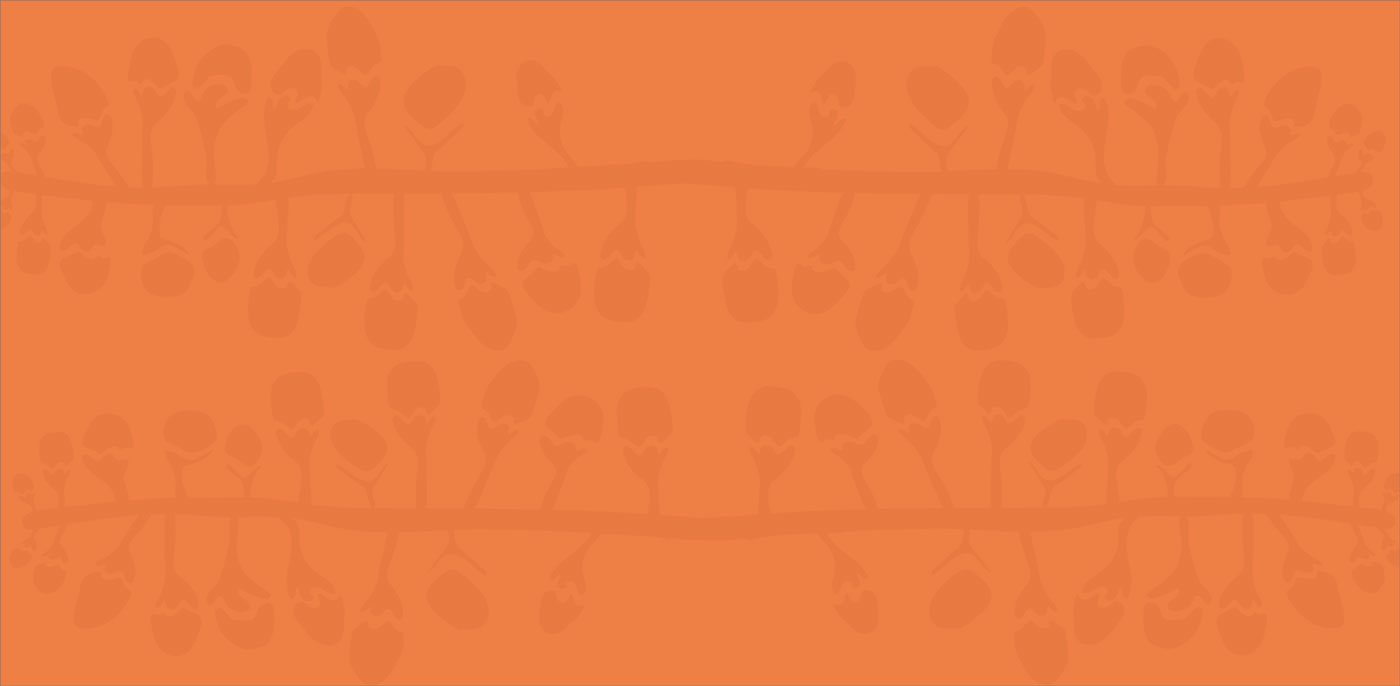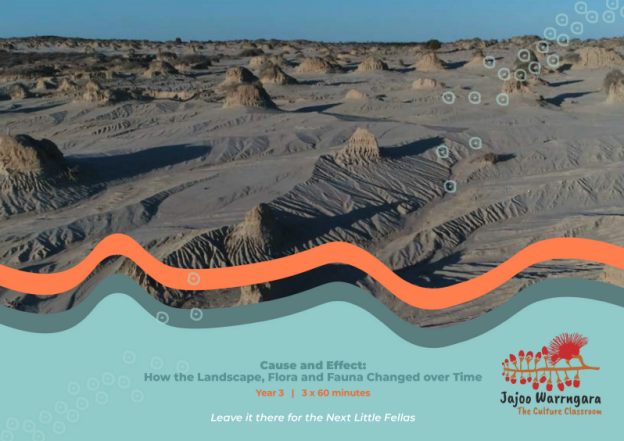Cross Curriculum Priorities
Aboriginal and Torres Strait Islander Histories and Cultures
A_TSICP1 First Nations communities of Australia maintain a deep connection to, and responsibility for, Country/Place and have holistic values and belief systems that are connected to the land, sea, sky and waterways.
A_TSIP1 Australia has 2 distinct First Nations Peoples; each encompasses a diversity of nations across Australia. Aboriginal Peoples are the first peoples of Australia and have occupied the Australian continent for more than 60,000 years. Torres Strait Islander Peoples are the First Nations Peoples of the Torres Strait and have occupied the region for over 4,000 years.
A_TSIP3 The significant and ongoing contributions of First Nations Australians and their histories and cultures are acknowledged locally, nationally and globally.
SS1 All life forms, including human life, are connected through Earth’s systems (geosphere, biosphere, hydrosphere and atmosphere) on which they depend for their wellbeing and survival.
SS2 Sustainable patterns of living require the responsible use of resources, maintenance of clean air, water and soils, and preservation or restoration of healthy environments.
Sustainability
SS1 All life forms, including human life, are connected through Earth’s systems (geosphere, biosphere, hydrosphere and atmosphere) on which they depend for their wellbeing and survival.
SS2 Sustainable patterns of living require the responsible use of resources, maintenance of clean air, water and soils, and preservation or restoration of healthy environments.
Curriculum Links
AC9S3U01 Compare characteristics of living and non-living things and examine the differences between the life cycles of plants and animals.
AC9S3I01 Pose questions to explore observed patterns and relationships and make predictions based on observations.
AC9S3I06 Write and create texts to communicate findings and ideas for identified purposes and audiences, using scientific vocabulary and digital tools as appropriate.
AC9E3LE01 Discuss characters, events and settings in different contexts in literature by First Nations Australian, and wide-ranging Australian and world authors and illustrators.
AC9E3LY02 Use interaction skills to contribute to conversations and discussions to share information and ideas.
AC9E3LY08 Write words using joined letters that are clearly formed and consistent in size.
- Locate and collect relevant information and data from primary sources and secondary sources (ACHASSI095).
- Examine different viewpoints on actions, events, issues and phenomena in the past and present (ACHASS1099).
- Evaluate evidence to draw conclusions (ACHASSI101).
- Locate and collect relevant information and data from primary sources and secondary sources (ACHASSI123).
- Sequence information about people’s lives, events, developments and phenomena using a variety of methods including timelines (ACHASSI125).
- Examine primary sources and secondary sources to determine their origin and purpose (ACHASSI126).
- Evaluate evidence to draw conclusions (ACHASSI129).
- The influence of people, including Aboriginal and Torres Strait Islander peoples, on the environmental characteristics of Australian places (ACHASSK112).
- Experiences of Australian democracy and citizenship, including the status and rights of Aboriginal and Torres Strait Islander peoples, migrants, women and (ACHASSK135).
- The shared values of Australian citizenship and the formal rights and responsibilities of Australian citizens (ACHASSK147).
Unit Content



